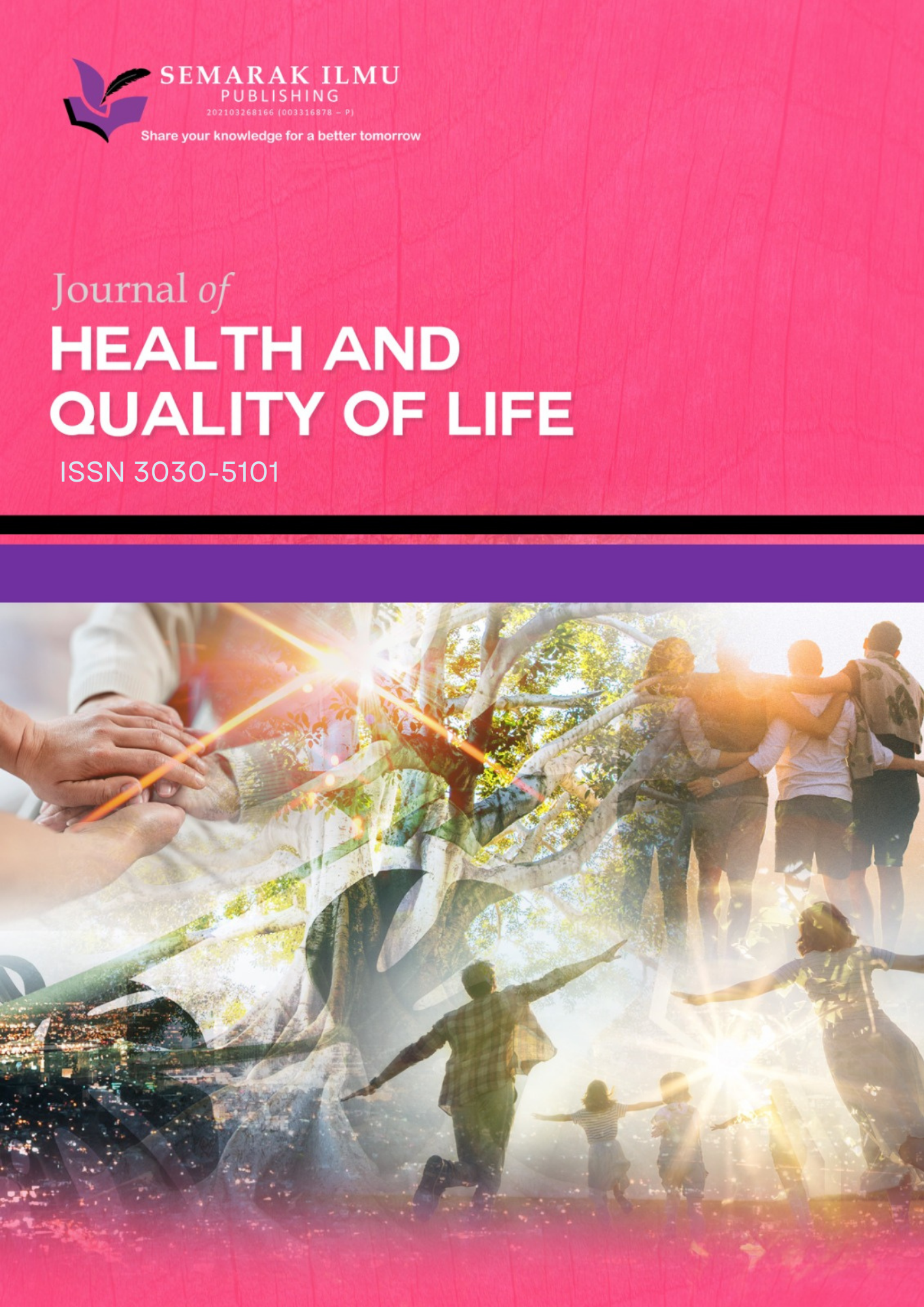Unveiling the Landscape of Acute Kidney Injury in Surgical Patients: A Systematic Review of Risk Factors and Clinical Biomarkers
DOI:
https://doi.org/10.37934/jhqol.3.1.1332Keywords:
Acute kidney injury, risk factors, clinical biomarkers, surgical patientsAbstract
Acute Kidney Injury (AKI) is a critical complication with significant implications for surgical patients, leading to increased morbidity, mortality, and healthcare costs. Identifying the risk factors and clinical biomarkers associated with AKI in the surgical context is essential for timely intervention and personalized management. To address this knowledge gap, we conducted a systematic review to comprehensively analyze existing literature on AKI in surgical patients. In this paper, we provided a systemically review analysis based on Preferred Reporting Items for Systematic Reviews and Meta-Analyses (PRISMA) technique for AKI risk factors and clinical biomarkers. The advanced searching into two powerful databases which is Scopus, Pubmed and Mendeley. Based on searching, find finally main data n=30 and will be analyzed using the synthesis approach. Through a meticulous search and appraisal of studies in reputable scientific databases, we identified a diverse range of research articles, clinical trials, and cohort studies that met our rigorous inclusion criteria. Synthesizing the findings from these studies, we explored the multifactorial nature of AKI, encompassing patient-related factors, surgical variables, and exposure to potential nephrotoxic agents. Our review revealed that AKI in surgical patients is influenced by a complex interplay of risk factors, including patient demographics, comorbidities, surgical procedures, anaesthetic management, and exposure to nephrotoxic drugs. The systematic analysis identified the most common drug classes associated with drug-induced AKI, such as diuretics, ACE inhibitors/angiotensin receptor blockers (ACEIs/ARBs), and antibiotics
Downloads














